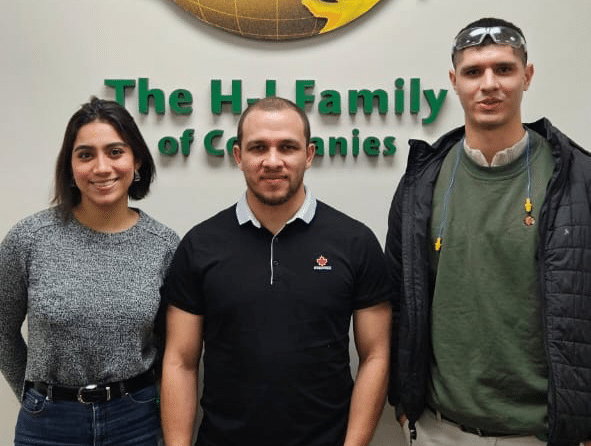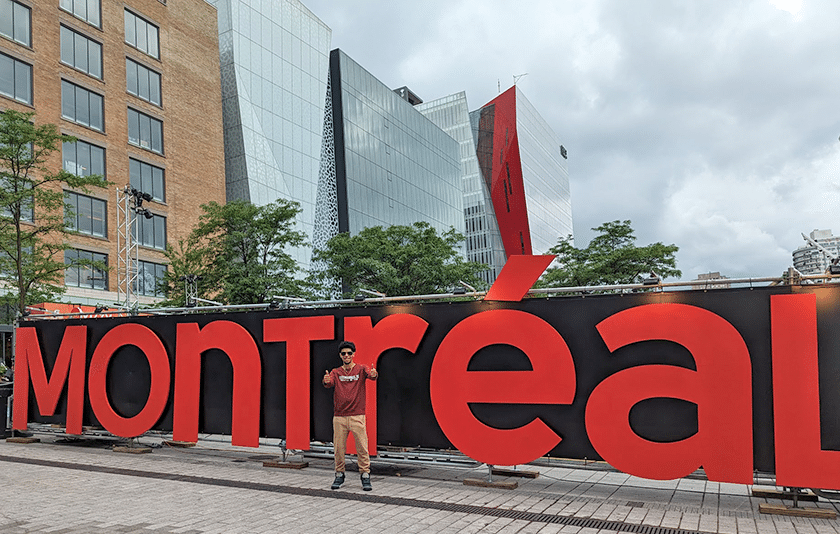2019 Christianson Fellow Shivani Raman is volunteering with Compañeros en Salud (CES) in Chiapas, Mexico to support rural community healthcare. CES is the Mexican branch of the non-governmental organization Partners in Health (PIH), which was founded on the idea that healthcare is a fundamental human right and works to provide reliable healthcare services to marginalized individuals around the world. Shivani shares her experience so far.
At CES, I work with the community health worker (CHW) program in several rural communities in the Sierra Madre mountains. The community health workers, locally known as acompañantes, are women who work to promote health by serving as a link between the clinic and patients within their communities.
Acompañantes conduct home visits with patients and help them manage a broad range of health problems such as chronic diseases, mental health, and maternal health. They ensure patients adhere to medications, visit the local health clinic, and they note any complications patients face in managing their conditions.
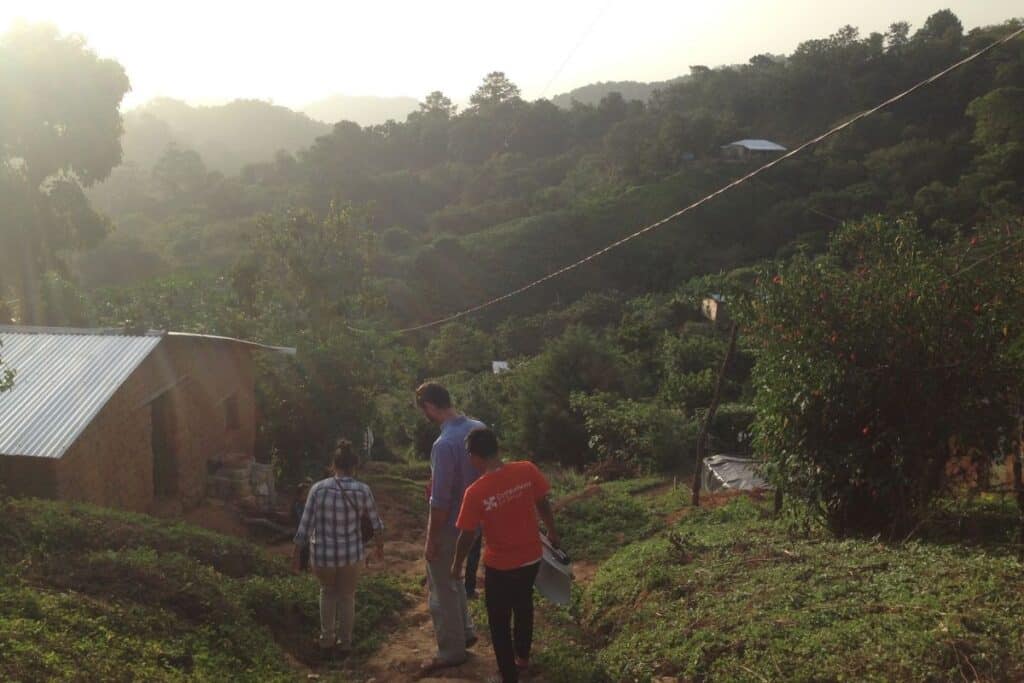
Image courtesy of Sarah Rachel Gallegos
Because the acompañantes are women from the local communities, they are familiar with the day-to-day norms and cultural aspects of the community and are thus able to provide patient-centered guidance. By directly visiting patients in their homes and assessing their health with respect to the sociocultural context of the community, the acompañantes play a crucial role in improving patients’ health outcomes.
Empowering Local Women
Beyond improving patients’ health outcomes, the CHW program also promotes the empowerment of the acompañantes. In the rural communities, traditional gender roles are still prevalent and women are rarely given economic opportunities outside of the home. The CHW program empowers these women by placing them in a formal position in which they are able to promote health in their communities and support their families.
By receiving continuing education and training, they are constantly expanding their health knowledge and are able to then communicate this information to patients within their communities. The acompañantes’ role provides them with an outlet to learn and develop new skills, create more profound relationships with people in their community, and contribute better economic stability to their households.
I’m responsible for supervising the acompañantes in four CES communities. During a typical week, I travel to one of the rural communities, meet with all of the acompañantes one-on-one, and determine how I can best support them in their role. I primarily assess whether the acompañante has been reminding their patients to take their medications and to regularly visit the local health clinic. If the acompañante is experiencing any challenges in helping their patients, I work to resolve the issue by collaborating with the physician and nurse in the local health clinic.
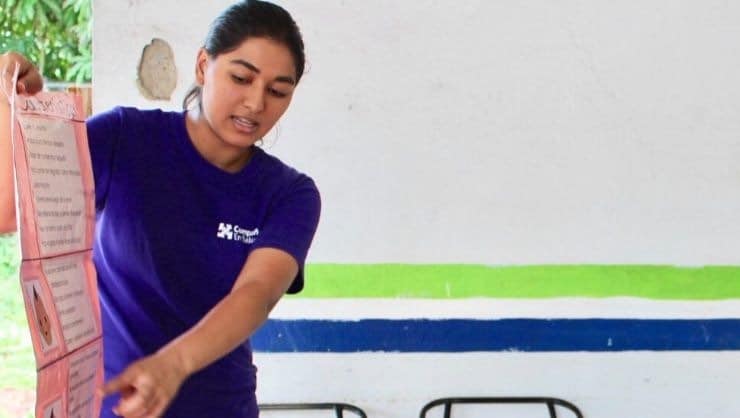
Image courtesy of Shivani Raman
I also deliver a monthly health education workshop to help acompañantes expand their knowledge and skills so they can more effectively support their patients. I’ve facilitated training workshops on how to check blood pressure and blood glucose levels and interpret the results, how to provide women with support throughout their pregnancy and postpartum period, and strategies to support patients with depression and anxiety.
In addition to directly supporting the acompañantes, I also collect program and patient satisfaction data for the monitoring and evaluation of the CHW program. Finally, I play a role in developing and implementing new community programs, such as the early childhood stimulation program and a recently developed CHW program that employs a “household model.”
With the new household model, community health workers will visit entire households rather than individual patients with predetermined conditions. This will allow for greater prevention of diseases, active case finding of individuals suffering from ailments, and more comprehensive disease management. For example, community health workers in the household model will arrive at a family’s home and conduct screening for malnutrition in children, deliver various health education topics to women and men of the household, and provide accompaniment to individuals in the household who already have diseases such as diabetes or hypertension. In this way, the household model will allow for larger-scale community health promotion, improving quality of life for many more individuals in the rural communities in which Compañeros en Salud works.
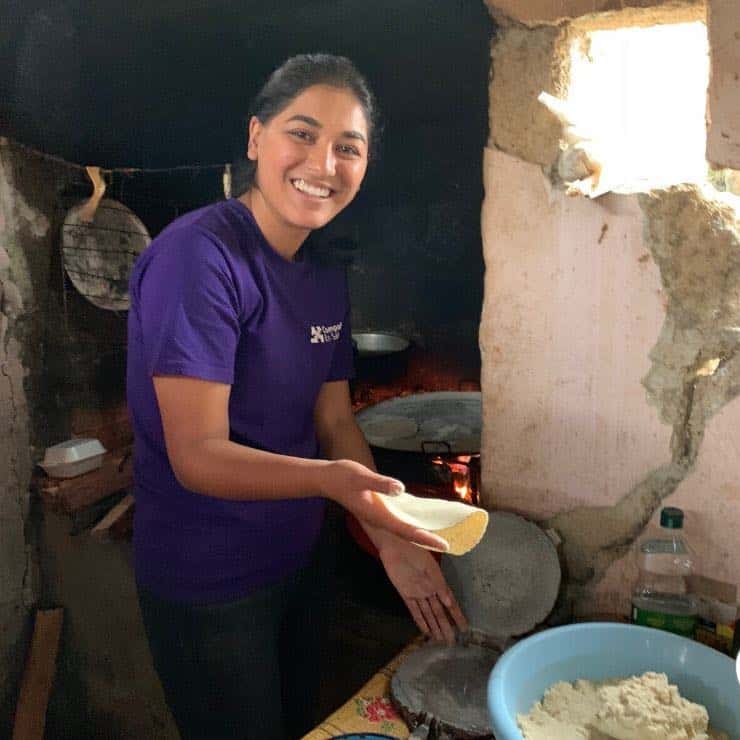
Image courtesy of Shivani Raman
Working in my role has allowed me to continuously learn about the culture in rural communities in Chiapas. Each week when I visit the acompañantes in their homes, I converse with them about their lives and share aspects of my own culture in the U.S. These conversations provide me with a more thorough understanding of day-to-day life within the communities such as major economic activities, gender roles, and family structures.
The Challenges of Being an American Volunteer in Mexico
While this experience has been immensely fulfilling, I have certainly faced many challenges along the way. Primarily, I have experienced internal conflicts about my role working in the realm of global health. While this experience has provided me with endless learning opportunities, I often feel that I’m still an outsider and will never be able to do my job at the same level that a local person would.
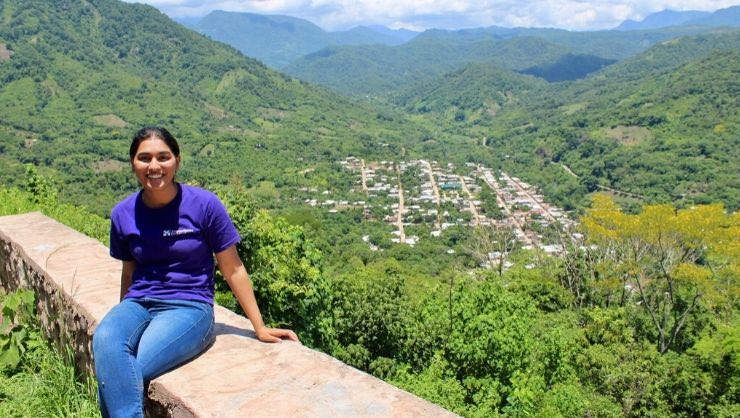
Image courtesy of Shivani Raman
Though I feel confident in my role, I still have to contend with language barriers and spend significant time learning the cultural context of the communities. On the other hand, a local individual in my role would be able to communicate easily in the local dialect and would already be familiar with the local context. Though this is not a challenge that is easy to overcome, I’m working to maximize my efficacy in my role by speaking exclusively in Spanish as much as possible, taking on opportunities to engage with individuals from the community outside of my work obligations (e.g., learning how to make tortillas and other typical meals, accompanying families to their rancho to better understand their daily work, etc.). By doing so, I hope to constantly deepen my understanding of the context of the community and form meaningful cross-cultural relationships with community members.
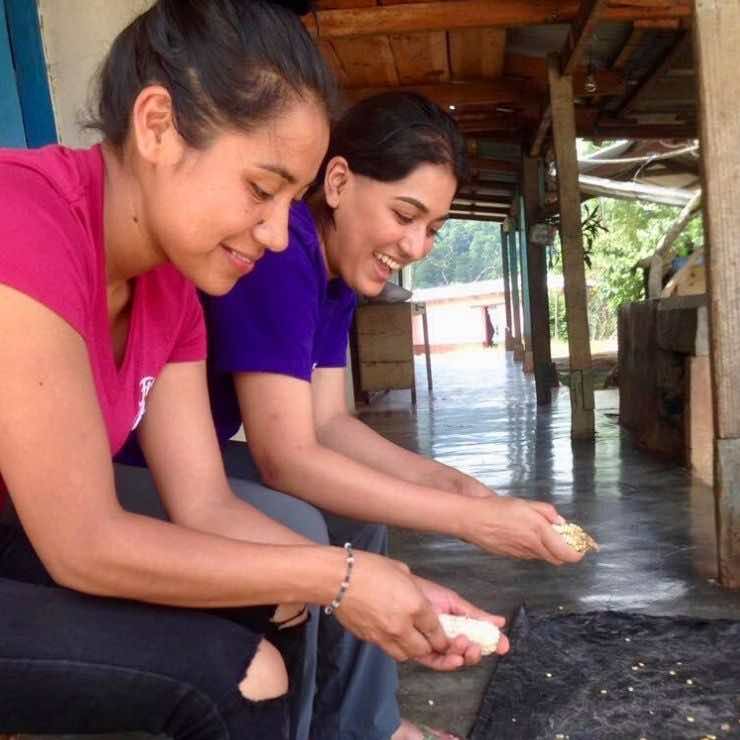
Image courtesy of Shivani Raman
I’m happy to report that this year, though, my community health worker team employed the first-ever local to become an official staff member. Mayra started off as a patient who sought care through Compañeros en Salud. Through her experience as a patient, Mayra learned about the opportunity to work as a CHW and served in that role for three years. After that, she was invited to become an official staff member and work as a supervisor of community health workers. It’s been incredible to see Mayra in this role because it is evident that her experience as a CHW for many years allows her to effectively supervise the current ones.
Overall, this experience has allowed me to learn more about health promotion in rural communities, develop gratifying relationships with the acompañantes and other individuals in the communities, and greatly improve my ability to work as a member of a team across language and cultural barriers.

